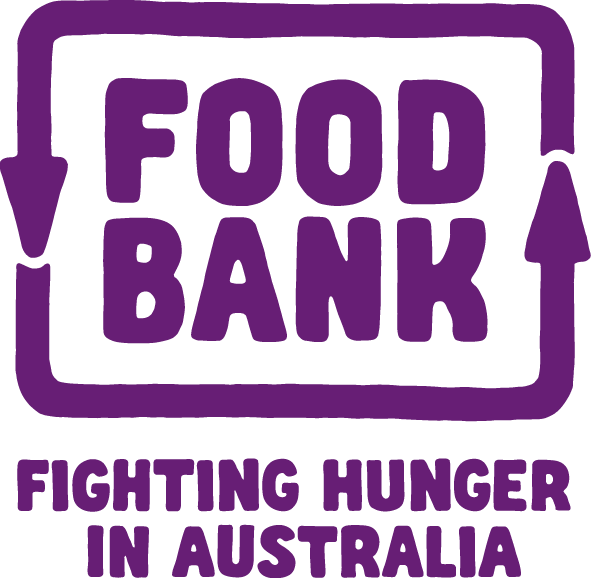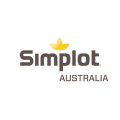
Foodbank Australia’s Collaborative Supply Program sees Foodbank and the Australian food and grocery industry come together to proactively manufacture essential food products to supplement Foodbank’s food rescue activities to help fight hunger in Australia.
Project implemented: 2008
To ensure every Foodbank site has a consistent supply of essential food relief items to help fight hunger in Australia.
With 3.6 million Australians experiencing food insecurity each year, innovation in food relief is essential. Foodbank operates within a ‘surprise chain’ rather than a supply chain, so ensuring key staple products are available year round for the 2400 charities it acts as a kitchen pantry for is crucial.
Foodbank and the food manufacturer identify an appropriate, high priority product from the manufacturer’s range.
Partners throughout the supply chain - from paddock to plate - are identified and secured.
The food manufacturer produces the agreed quantity of product around its own commercial production schedules.
The finished product is transported to Foodbank warehouses for distribution to frontline charities.
Partnering in Foodbank’s Collaborative Supply Program allows key players in the Australian food and grocery industry to deliver on their commitments to the UN Sustainable Development Goals. Not only are they demonstrating corporate social responsibility, but they are also providing an innovative and dynamic vehicle for staff engagement and positive supply chain interactions.
Foodbank is the only charity in Australia that collaborates with suppliers, manufacturers, and transporters in an innovative program to ensure that consistent supplies of essential food items, such as rice, pasta and teabags, are in its warehouses every day. These are the foodstuffs that form the foundation of filling and nutritious meals and, as such, need to be available in sufficient volumes at all times to charities to underpin their food relief services. Unfortunately, these are also the products that tend to have very efficient supply chains – due to long shelf lives and demand predictability – with very little surplus or waste.
The Collaborative Supply Program (click here to view a short video explaining the program) addresses this by food manufacturers producing sought-after products for Foodbank using spare production capacity. Suppliers donate or subsidise the ingredients, packaging and delivery of the products to spread the commitment all the way along the supply chain and enhance the sustainability of the program.
Through this program, Foodbank is able to provide consistent supplies of breakfast cereals, fresh and long life milk, pasta and pasta sauce, canned fruit, baked beans and sausages. In 2017, Foodbank saw 3.2 million kilograms of food manufactured through the program, with every dollar invested in the program delivering $5 worth of food – clearly a sound investment. Foodbank’s Social Return on Investment study further demonstrates the value of this unique partnership approach, with every kilogram of food donated delivering a $23 social return on investment, rising to $110 for every kilogram of food donated through Foodbank’s School Breakfast Program.
Whilst this unique program delivers on multiple goals, it is an extraordinary example of putting UNSDG17: Partnerships for the Goals, into practice.










